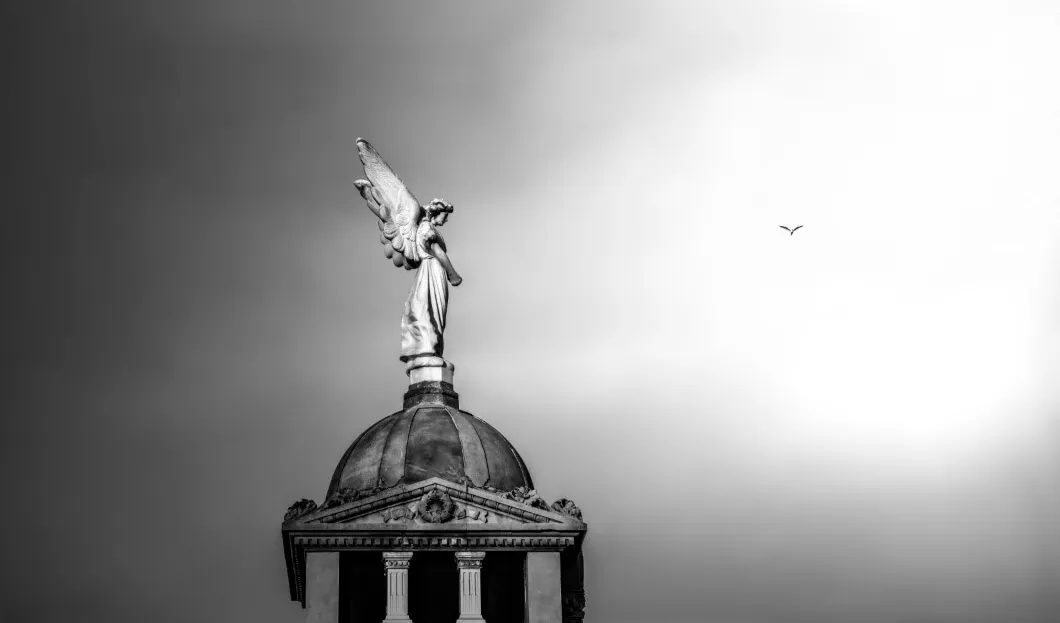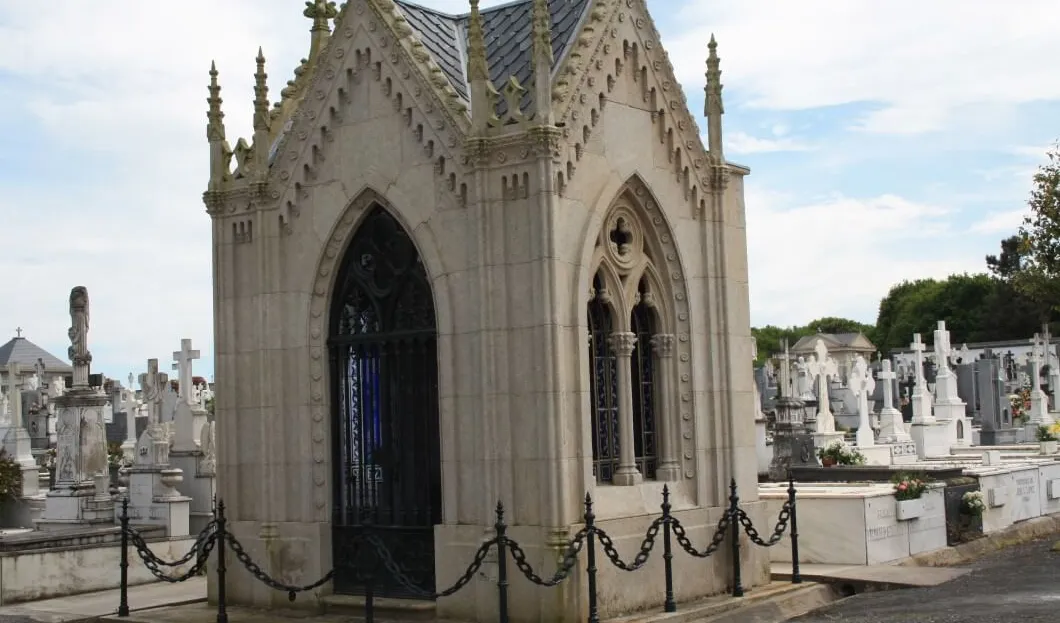
Necrotourism is gaining popularity among travelers, and there are more and more tours and itineraries that include cemeteries due to their aesthetic value and the artistic quality of the burials. National Geographic has named the 10 most beautiful cemeteries in Spain. Brought to you by Tourism Review.












